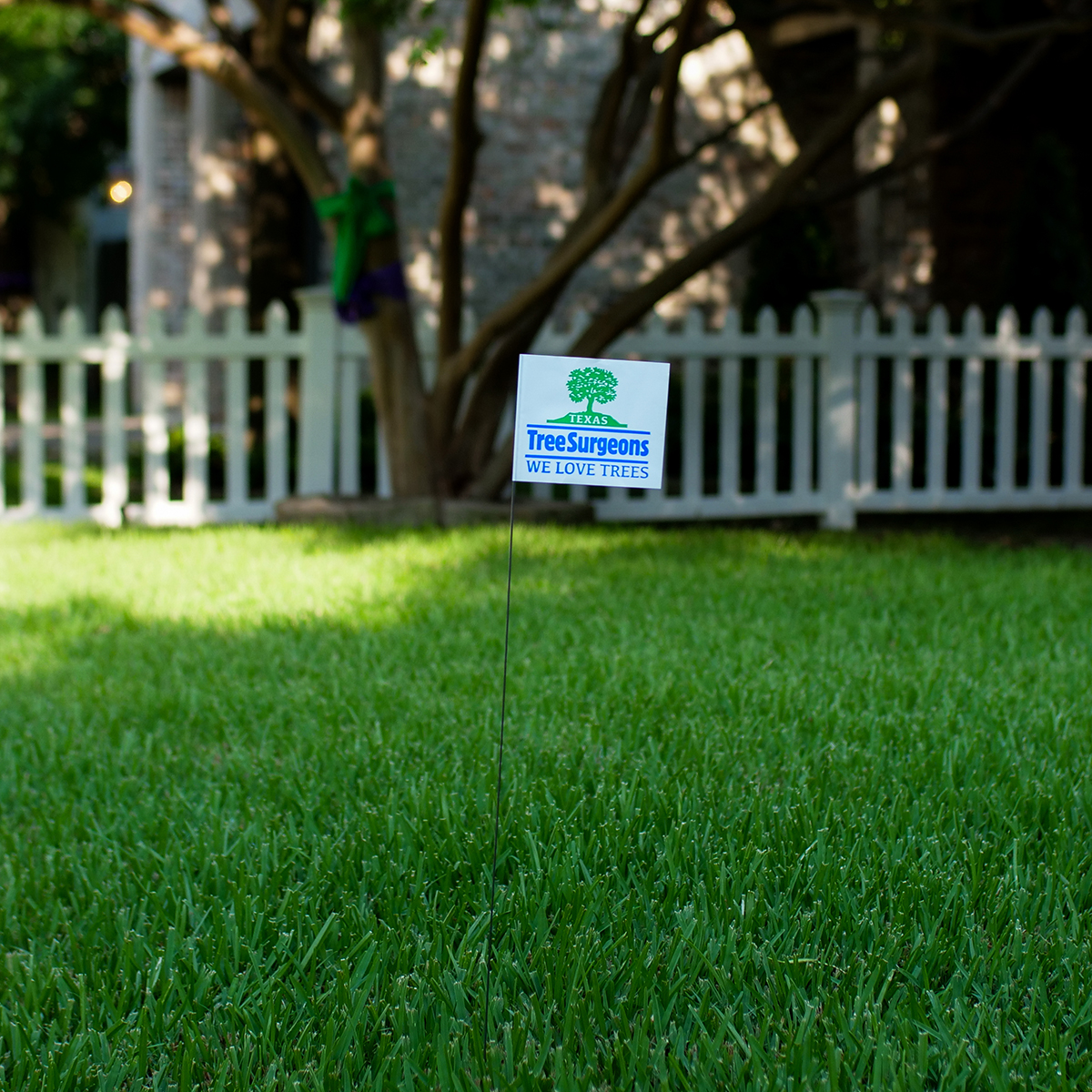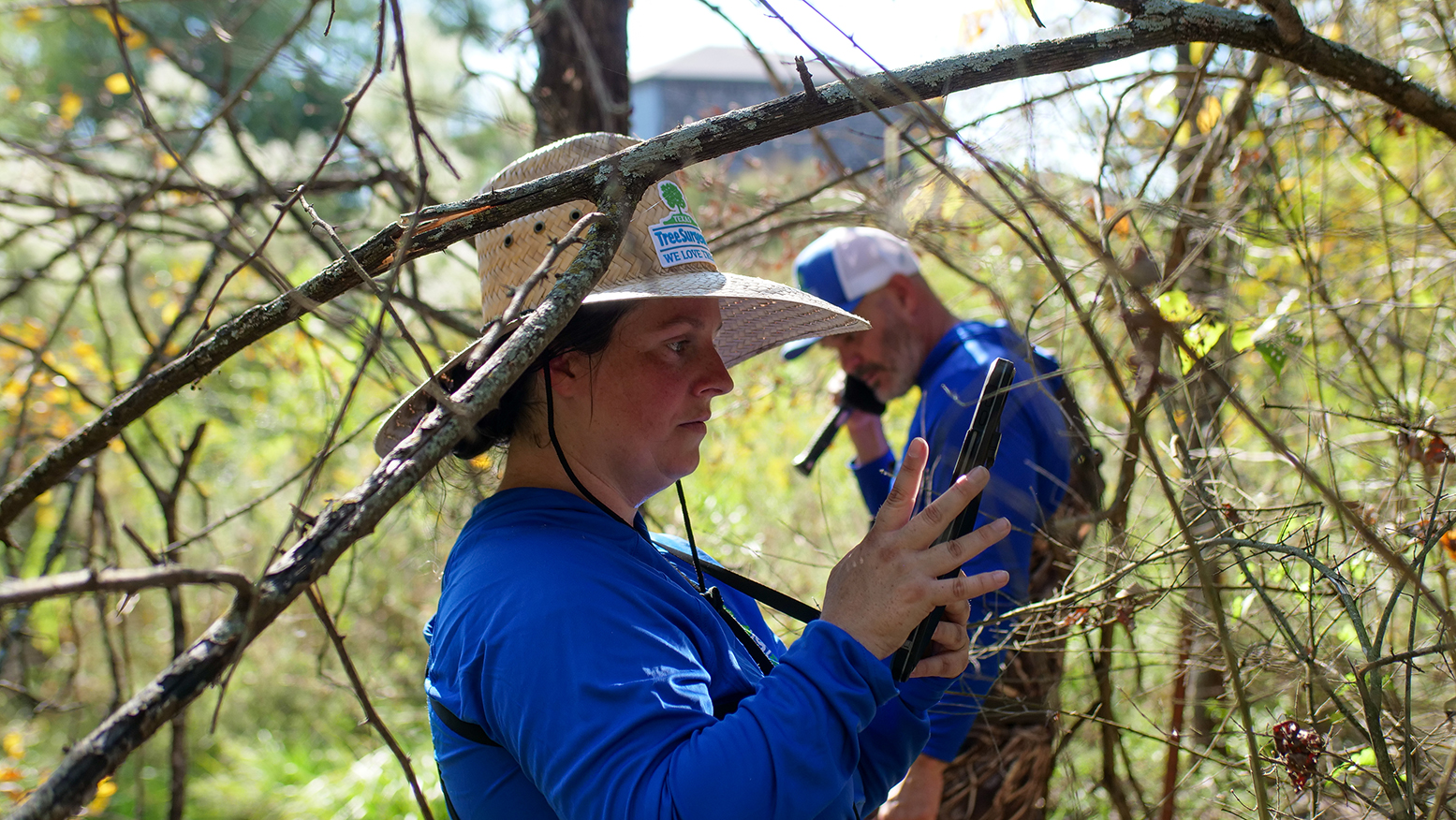What To Do With Freeze-Damaged Ash and Elm Trees

The information in this article applies only to certain types of trees, such as elms, ashes, figs, crape myrtles, and even some other landscape plants like loropetalum. For information on what to do with your oaks or palm trees, see our other articles:
As with oaks, many species of trees, such as ash and elm, were severely damaged or killed by the freezing weather in February 2021. Even if your tree has not leafed out, or shown only sparse growth, there may be another option besides replacing it.
What Can You Do? Watch For New Sprouts!
- Trees that have died from the ground up may still have living root systems.
- If the tree cannot support the old growth, the energy in the roots may be directed to putting up new shoots around the base of the tree.
- These new tree shoots have a great advantage over transplanted trees, as they are growing from a well-established root system.
- While the new sprouts start out small, their growth will be supported by robust roots.
- Local tree farm stocks are depleted after the storm, so it may be hard to find a suitable replacement.
- Even with stump grinding, a transplanted tree should not be planted in the same place at the old tree.

Tree with extensive above-ground dieback showing new growth from the roots.
Remove The Dead Tree Carefully
- If you want to encourage the new sprouts into maturing into full trees, they must be protected from damage.
- When removing the freeze-damaged tree, take care not to disturb any shoots growing around the base of the trunk.
- Do not grind the stump, as this will destroy the established root system.
- As the sprouts mature, begin to remove some of them, leaving one or two main shoots.
- Once the main shoots are a year old, you can select one to continue cultivating and remove the others.
- If you have a tree, such as an ash, that is threatened by insect or disease activity, consult an ISA Certified Arborist to ensure that preventative action is taken, if needed.
At Texas Tree Surgeons, we love trees and we love our community! The freeze of February 2021, like storms and tornadoes before it, will alter our North Texas urban forest in many ways. As we continue to monitor the response of trees and plants, we will continue to keep our community and customers informed, so that they have all the information necessary to take the best care of their trees. We are always happy to answer any questions you have about your trees freeze-damaged or not, so contact an arborist today!
Related Blogs
Similar blogs related to this topic


Top 10 Things We'd Tell You as an Arborist if We Weren't Afraid of Hurting Your Feelings
This is a list of tree care worst practices that you, or someone you know may be guilty of. Read the following list at your own risk. You’ve been warned, feelings may get hurt. 1.…
Read more

Avoid These Tree Care Mistakes for a Healthy Landscape
Below is a list of overlooked mistakes that could jeopardize the health of your trees. From missteps in pruning to incorrect watering practices, discover how to give your trees the care they deserve. Red oak…
Read more

Why do Arborists Recommend Soil Sampling in Urban Areas like Dallas?
Soil sampling is a crucial practice in urban areas like Dallas. It helps arborists make informed decisions about your landscape to ensure a healthy urban ecosystem. Our native soils vary widely—from the dense clays of…
Read more
